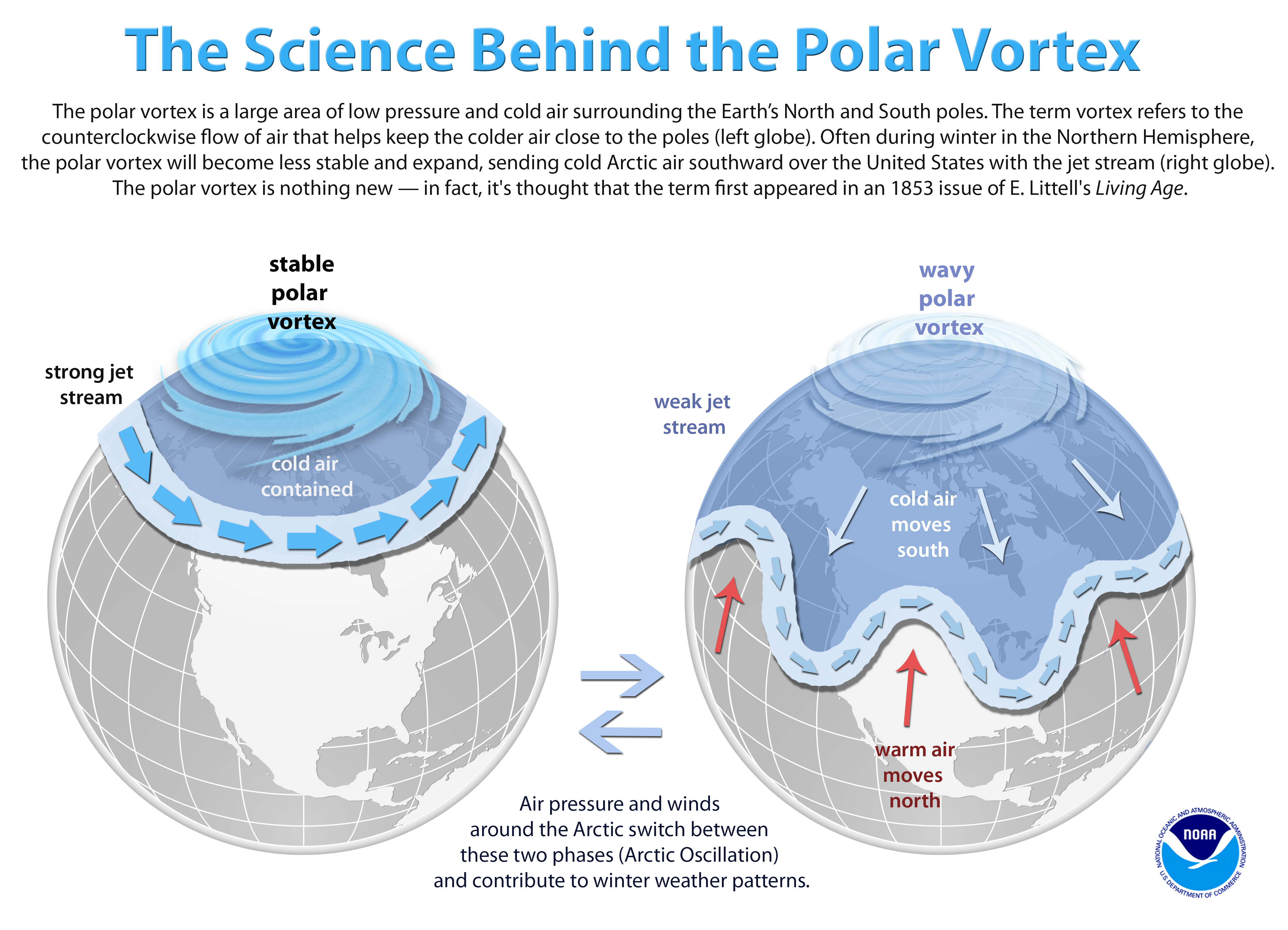Augmented Reality Explains the Polar Vortex
The complex Polar Vortex phenomenon is explained clearly through the aid of AR technology.
A Polar Vortex is a genuine phenomenon where a large area around both the poles of the Earth experiences cold air and low pressure. This energy is always present around both the poles but strengthens in winters and weakens in summers. The air flows in the counterclockwise direction (also known as the Vortex) due to which, the colder air stays near the North Pole and the South Pole. This phenomenon has also been known to plunge temperatures in some countries and states during winters.
Anybody who is a science enthusiast or nature lover would know about this natural occurrence. However, ever since the conception of this word, it has been used out of context and misused significantly. Few people know that the polar vortex cannot really touch the surface of the Earth. Let’s see how!
The atmosphere is made up of several layers. The troposphere is the layer of the atmosphere where clouds usually form. After that lies the stratosphere where we also find the ozone layer. However, clouds do not develop in this layer of the atmosphere. Some phenomenon occurring in the stratosphere can, however, affect the troposphere substantially and the polar vortex is one such natural occurrence.

The uppermost layer of the troposphere helps the earth surface from bearing the brunt of this cold air around the poles, coming from the polar vortex. Therefore, the air does not technically hit the surface of the Earth and does not affect us directly. It is pertinent to note here that although this cold and dense air is a result of the polar vortex, the phenomenon itself never actually reaches or affects the Earth’s surface. We feel the cold air but solely due to its circulation around the North Pole and the South Pole.
This phenomenon is now explained with a lot of clarity using Augmented Reality (AR) in news channels to erase all the doubts and misinformation related to the planetary occurrence. It brings across all the interesting facets of this phenomenon with simplicity and precision. As for the polar vortex, it is a good idea to remember that it cannot hit us directly, although places near the poles have been known to experience bouts of freezing temperature during the winters.



